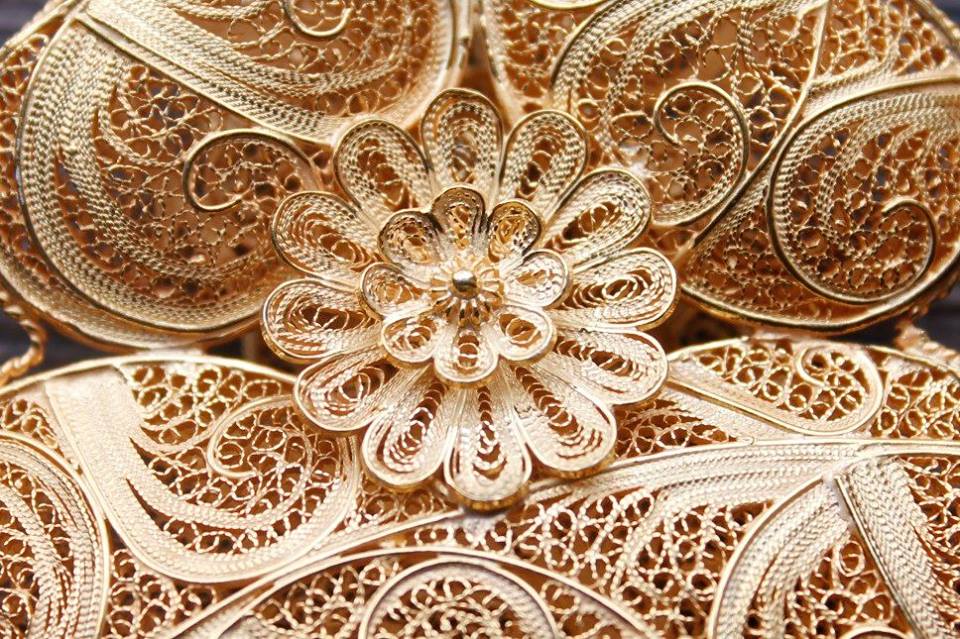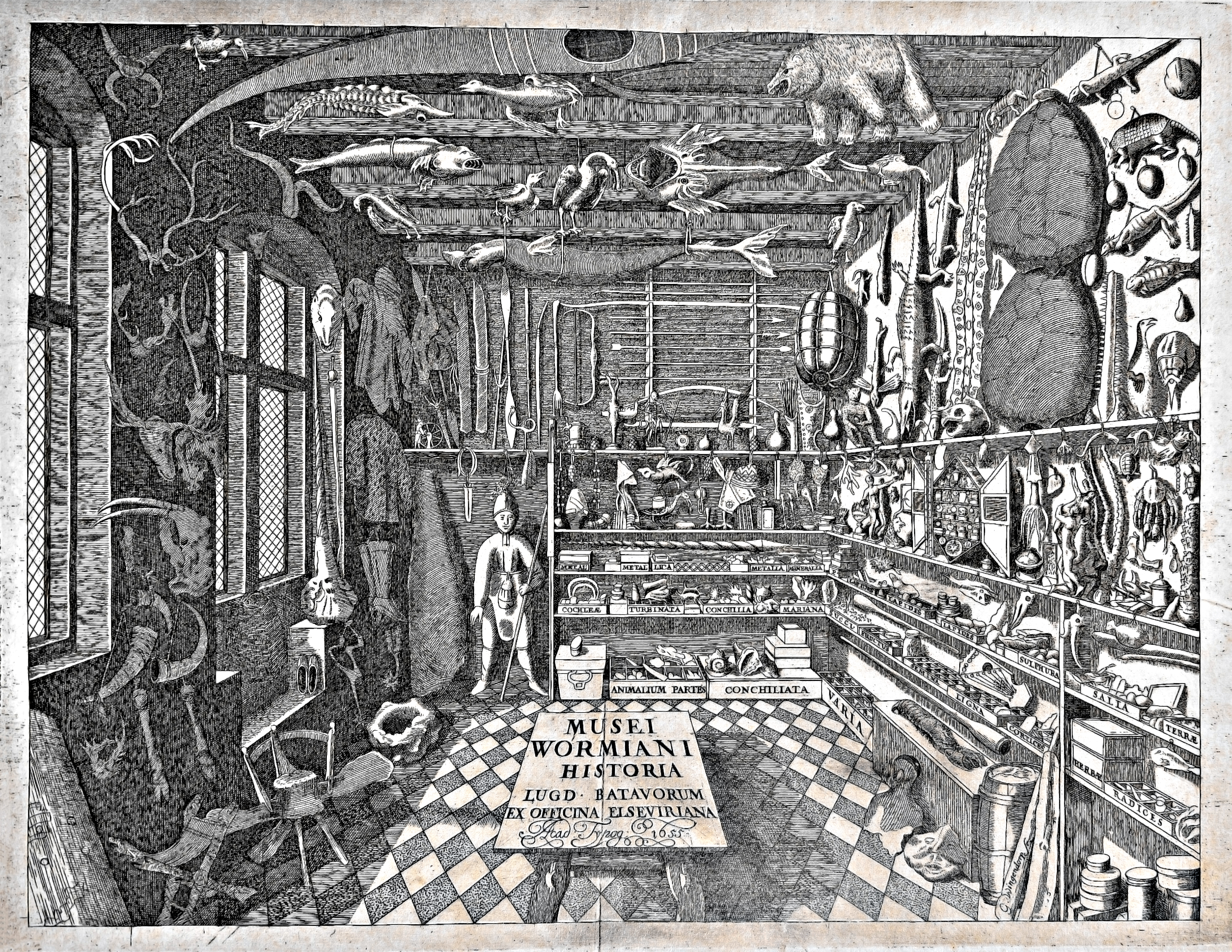|
St. Fillan’s Crozier
St. Fillan's Crozier is an 8th century Insular crozier crook (or head) traditionally associated with the Irish monk Fillan, St. Fillan (Gaelic: Fáelán; "little wolf"),McDonald (2013), p. 66 who lived in the eighth century at Glendochart in Perthshire, central Scotland. Only the crook survives; the staff was lost at an unknown date. Sometime around the late 13th century it was encased in the Coigreach (or Quigrich), a crosier-shrine of similar size and form built as a protective case,McKeown (1933), p. 246 made from silver, gold and rock crystal and dating from the late 13th century, with additions c. the 14th or 15th centuries. The Coigreach was rediscovered in the mid-19th century by the archaeologist Daniel Wilson (academic), Daniel Wilson, who opened it and found St. Fillan's Crozier inside. Records show that the original wooden crozier (Scottish Gaelic: ''Baculus'') was used for blessings and as a talisman or battle standard: it is recorded as having been brought onto the f ... [...More Info...] [...Related Items...] OR: [Wikipedia] [Google] [Baidu] |
Filigree
Filigree (also less commonly spelled ''filagree'', and formerly written ''filigrann'' or ''filigrene'') is a form of intricate metalwork used in jewellery and other small forms of metalwork. In jewellery, it is usually of gold and silver, made with tiny beads or twisted threads, or both in combination, soldered together or to the surface of an object of the same metal and arranged in artistic motifs. It often suggests lace and remains popular in Indian and other Asian metalwork. It was popular as well in Italian, French and Portuguese metalwork from 1660 to the late 19th century. It should not be confused with ajoure jewellery work, the ajoure technique consisting of drilling holes in objects made of sheet metal. The English word filigree is shortened from the earlier use of ''filigreen'' which derives from Latin meaning thread and grain, in the sense of small bead. The Latin words gave ''filigrana'' in Italian which itself became ''filigrane'' in 17th-century Frenc ... [...More Info...] [...Related Items...] OR: [Wikipedia] [Google] [Baidu] |
Archaeology Of Scotland
Archaeology and geology continue to reveal the secrets of prehistoric Scotland, uncovering a complex past before the Romans brought Scotland into the scope of recorded history. Successive human cultures tended to be spread across Europe or further afield, but focusing on this particular geographical area sheds light on the origin of the widespread remains and monuments in Scotland, and on the background to the history of Scotland. The extent of open countryside untouched by intensive farming, together with past availability of stone rather than timber, has given Scotland a wealth of accessible sites where the ancient past can be seen. The remote prehistory of Scotland Scotland is geologically alien to Europe, comprising a sliver of the ancient continent of Laurentia (which later formed the bulk of North America). During the Cambrian period the crustal region which became Scotland formed part of the continental shelf of Laurentia, then still south of the equator. Laurentia was ... [...More Info...] [...Related Items...] OR: [Wikipedia] [Google] [Baidu] |
Cormac Bourke
Cormac Bourke (born in Dublin) is an Irish archeologist specialising in Medieval studies, early church history and insular Christianity. He is a former, long term, curator of Medieval Antiquities at the Ulster Museum, Belfast, and currently works at the antiquities department of the National Museum of Ireland.The National Museum of Ireland publishes most authoritative study ever undertaken on medieval hand-bells . , 7 December 2020. Retrieved 23 July 2022 His publications focus on early medieva ... [...More Info...] [...Related Items...] OR: [Wikipedia] [Google] [Baidu] |
Antiquarian
An antiquarian or antiquary () is an aficionado or student of antiquities or things of the past. More specifically, the term is used for those who study history with particular attention to ancient artefacts, archaeological and historic sites, or historic archives and manuscripts. The essence of antiquarianism is a focus on the empirical evidence of the past, and is perhaps best encapsulated in the motto adopted by the 18th-century antiquary Sir Richard Colt Hoare, "We speak from facts, not theory." The ''Oxford English Dictionary'' first cites "archaeologist" from 1824; this soon took over as the usual term for one major branch of antiquarian activity. "Archaeology", from 1607 onwards, initially meant what is now seen as "ancient history" generally, with the narrower modern sense first seen in 1837. Today the term "antiquarian" is often used in a pejorative sense, to refer to an excessively narrow focus on factual historical trivia, to the exclusion of a sense of histori ... [...More Info...] [...Related Items...] OR: [Wikipedia] [Google] [Baidu] |
Ontario
Ontario is the southernmost Provinces and territories of Canada, province of Canada. Located in Central Canada, Ontario is the Population of Canada by province and territory, country's most populous province. As of the 2021 Canadian census, it is home to 38.5% of the country's population, and is the second-largest province by total area (after Quebec). Ontario is Canada's fourth-largest jurisdiction in total area of all the Canadian provinces and territories. It is home to the nation's capital, Ottawa, and its list of the largest municipalities in Canada by population, most populous city, Toronto, which is Ontario's provincial capital. Ontario is bordered by the province of Manitoba to the west, Hudson Bay and James Bay to the north, and Quebec to the east and northeast. To the south, it is bordered by the U.S. states of (from west to east) Minnesota, Michigan, Ohio, Pennsylvania, and New York (state), New York. Almost all of Ontario's border with the United States follows riv ... [...More Info...] [...Related Items...] OR: [Wikipedia] [Google] [Baidu] |
Crianlarich
Crianlarich (; ) is a village in Stirling council area and in the registration county of Perthshire, Scotland, around north-east of the head of Loch Lomond. The village bills itself as "the gateway to the Highlands". Etymology The name ''Crianlarich'' is derived probably from the Gaelic meaning either "the wasted site" or "the aspen site" (cf. Gaelic ''critheann'', "aspen"). Situation The village lies in the valley of Strath Fillan at the north western extent of the Trossachs, in the shadow of several Munro peaks, notably Ben More, but also Stob Binnein and Cruach Ardrain. Thus Crianlarich is very popular with hillwalkers. Also the village lies along the long-distance footpath, the West Highland Way. Its location makes Crianlarich a popular stop for tourists and there are a variety of types of overnight accommodation including guesthouses, B&Bs, a youth hostel operated by Hostelling Scotland, and a Best Western hotel. Transport connections Crianlarich has been a majo ... [...More Info...] [...Related Items...] OR: [Wikipedia] [Google] [Baidu] |
Staff Of Office
A staff of office is a staff, the carrying of which often denotes an official's position, a social rank or a degree of social prestige. Apart from the #Eccleasiastical use, ecclesiastical and #Ceremonial, ceremonial usages mentioned below, there are less formal usages. A gold- or silver-topped Walking stick, cane can express social standing (or dandyism). Teachers or prefects in schools traditionally carried less elaborate canes which marked their right (and potential threat) to administer canings, and military officers carry a residual threat of physical punishment in their swagger sticks. Orchestral Conducting, conductors have in their Baton (conducting), batons symbols of authority as well as tools of their trade. Ecclesiastical use Churchwardens (and sometimes sidesman, sidesmen) traditionally carry staves or wands on special occasions as an emblem of their office. In the Eastern Orthodox Church and some of the Oriental Orthodox Churches an ecclesiastical walking stick is ... [...More Info...] [...Related Items...] OR: [Wikipedia] [Google] [Baidu] |
Shrine Of Saint Patrick's Hand
A shrine ( "case or chest for books or papers"; Old French: ''escrin'' "box or case") is a sacred space">-4; we might wonder whether there's a point at which it's appropriate to talk of the beginnings of French, that is, when it wa ...: ''escrin'' "box or case") is a sacred space dedicated to a specific deity, ancestor worship, ancestor, hero, martyr, saint, Daemon (mythology), daemon, or similar figure of respect, wherein they are venerated or worshipped. Shrines often contain Cult image, idols, relics, or other such objects associated with the figure being venerated. A shrine at which votive offerings are made is called an altar. Shrines are found in many of the world's religions, including Christianity, Islam, Hinduism, Buddhism, Chinese folk religion, Shinto, indigenous Philippine folk religions, and Germanic paganism as well as in secular and non-religious settings such as a war memorial. Shrines can be found in various settings, such as churches, temples, cemeteries, or a ... [...More Info...] [...Related Items...] OR: [Wikipedia] [Google] [Baidu] |
Picts
The Picts were a group of peoples in what is now Scotland north of the Firth of Forth, in the Scotland in the early Middle Ages, Early Middle Ages. Where they lived and details of their culture can be gleaned from early medieval texts and Pictish stones. The name appears in written records as an Exonym and endonym, exonym from the late third century AD. They are assumed to have been descendants of the Caledonians, Caledonii and other northern British Iron Age, Iron Age tribes. Their territory is referred to as "Pictland" by modern historians. Initially made up of several chiefdoms, it came to be dominated by the Pictish kingdom of Fortriu from the seventh century. During this Fortriu#Verturian_hegemony, Verturian hegemony, ''Picti'' was adopted as an endonym. This lasted around 160 years until the Pictish kingdom merged with that of Dál Riata to form the Kingdom of Alba, ruled by the House of Alpin. The concept of "Pictish kingship" continued for a few decades until it was ab ... [...More Info...] [...Related Items...] OR: [Wikipedia] [Google] [Baidu] |
Strath Fillan
Strath Fillan () is a strath in west Perthshire named after an 8th-century Irish hermit monk, later canonised as Saint Fillan. Located in the region was once Strath Fillan Priory, an early 14th century foundation, later destroyed by the Campbells in the name of Calvinism. The Strath stretches from Bridge of Orchy () to Crianlarich (), a distance of ,Google Maps, accessed on 3 October 2024 and has long been a major route through the highlands; the A82 road, the West Highland Line, and the West Highland Way long-distance footpath all follow the strath. The Strathfillan Community Development Trust Development trusts are organisations operating in the United Kingdom that are: *community based, owned and led *engaged in the economic, environmental and social regeneration of a defined area or community *independent but seek to work in partners ... was formed in 1997. It provides low cost rental housing for local residents and manages amenity woodland. References Fillan Valley ... [...More Info...] [...Related Items...] OR: [Wikipedia] [Google] [Baidu] |
National Museum Of Scotland (27850493227)
The National Museum of Scotland in Edinburgh, Scotland, is a museum of Scottish history and culture. It was formed in 2006 with the merger of the new Museum of Scotland, with collections relating to Scottish antiquities, culture and history, and the adjacent Royal Scottish Museum (opened in 1866 as the Edinburgh Museum of Science and Art, renamed in 1904, and for the period between 1985 and the merger named the Royal Museum of Scotland or simply the Royal Museum), with international collections covering science and technology, natural history, and world cultures. The two connected buildings stand beside each other on Chambers Street, by the junction with the George IV Bridge, in central Edinburgh. The museum is part of National Museums Scotland and admission is free. The two buildings retain distinctive characters: the Museum of Scotland is housed in a modern building opened in 1998, while the former Royal Museum building was begun in 1861 and partially opened in 1866, with a ... [...More Info...] [...Related Items...] OR: [Wikipedia] [Google] [Baidu] |




